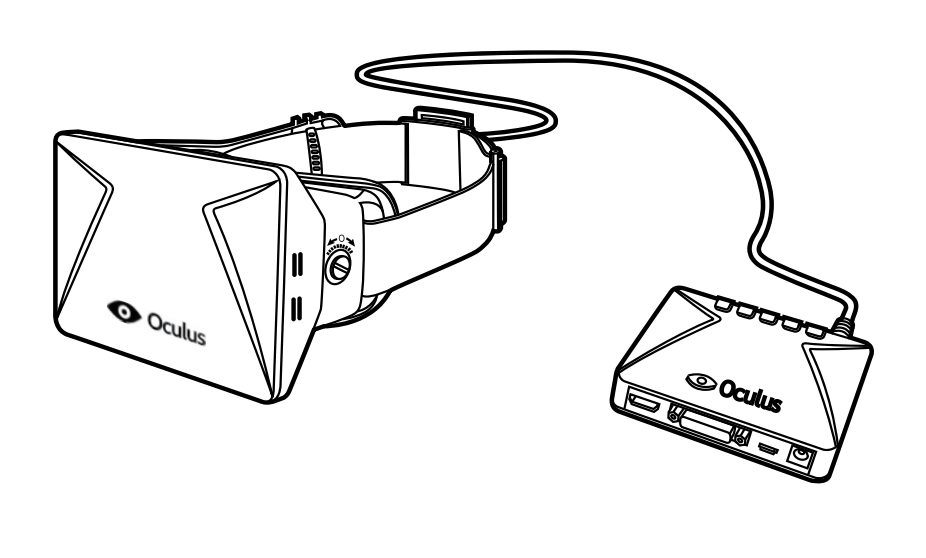Oculus VR. Inc has just announced that the Oculus Rift SDK has been updated to v0.2.1. Changes to the SDK include initial magnetometer-based drift correction, support for chromatic abberation correction, Mac OSX comaptibility for the c++ OculusWorldDemo and Unity integration, and more.
You can find the latest SDK download at the official Oculus Developer Center.
The initial magnetometer yaw drift support is likely to make developers happy. The Oculus Rift IMU/head tracker shipped with a built in magnetometer — a device that measures the Earth’s magnetic fields — but it has been inactive until now. The function of the magnetometer is to correct for yaw drift.
Drift happens when small errors in the tracker build up and eventually the unit thinks that it is pointing one direction when it reality it has ‘drifted’ elsewhere.
For example: you put on the Rift with virtual North and real North aligned, spin around for a little while, then return looking at virtual North. If the IMU has drifted, virtual North and real North will no longer be aligned. In use this might mean that you are facing your desk in real life but the virtual ‘forward’ direction may have drifted, which is problematic for obvious reasons.
The magnetometer uses the Earth’s magnetic field as a frame of reference to correct for IMU drift. It’s unclear at this point why Oculus didn’t have drift correction enabled in the first place, but now that it’s here developers can start using it in their programs.
The full patch notes are as follows:
New Features
- Added initial magnetometer-based yaw drift correction. Press ‘X’ and ‘Z’ keys to calibrate in OculusWorldDemo.
- Added support for chromatic aberration correction.
- Added Mac OSX support to C++ OculusWorldDemo and Unity integration.
- Redesigned SDK internals to make use of portable HID abstraction layer.
- Added motion prediction to OculusWorldDemo app, it can be toggled with ‘P’ key.
Unity
- Exposed new properties in OVRCameraController to toggle prediction, chromatic aberration, etc.
- Added 64-bit Windows support.
- Fixed deferred rendering shadow issues with Rift integration.
Bux Fixes
- Modified StereoConfig to adjust projection center based on lens centers instead of IPD; this approach is correct considering collimated light.
- Fixed renderer crash triggered on HD3000 when mip-maps were dropped.
- Fixed occasional USB re-opening issues when USB connector is plugged back in.
- Adjusted reported distance between lens centers to 63.5 mm.








